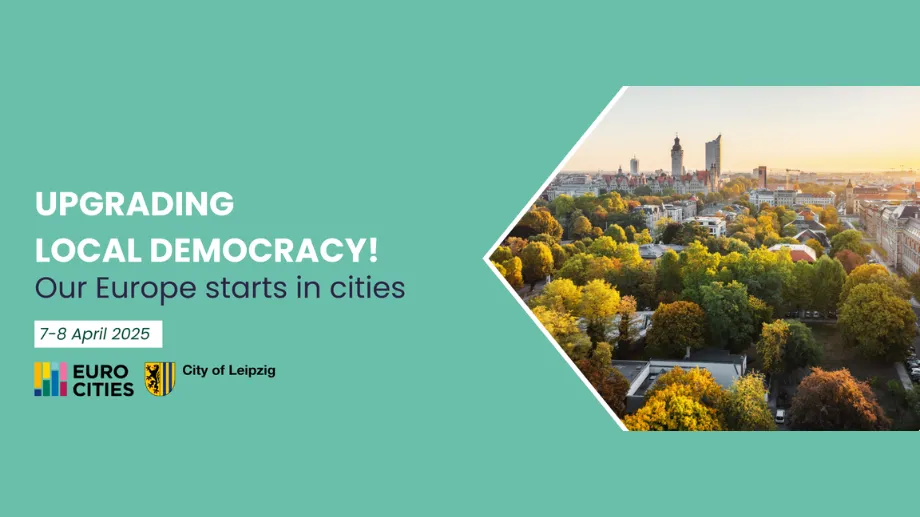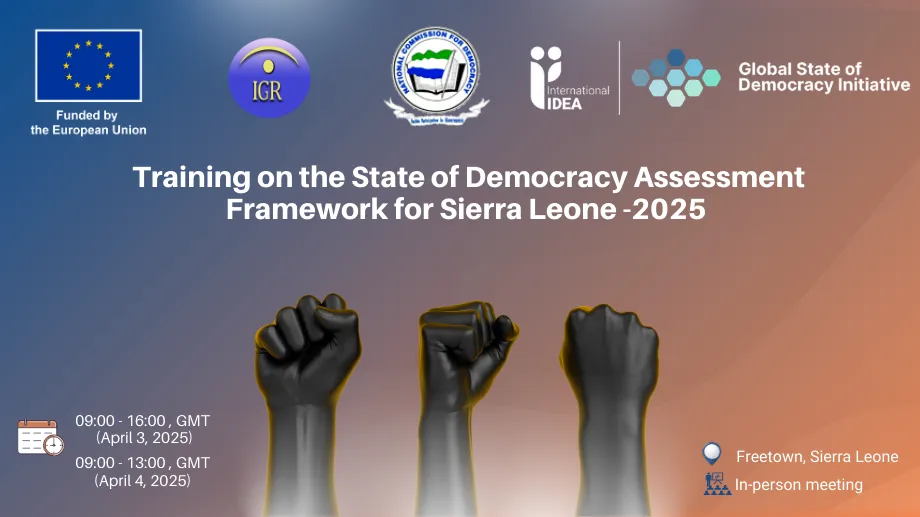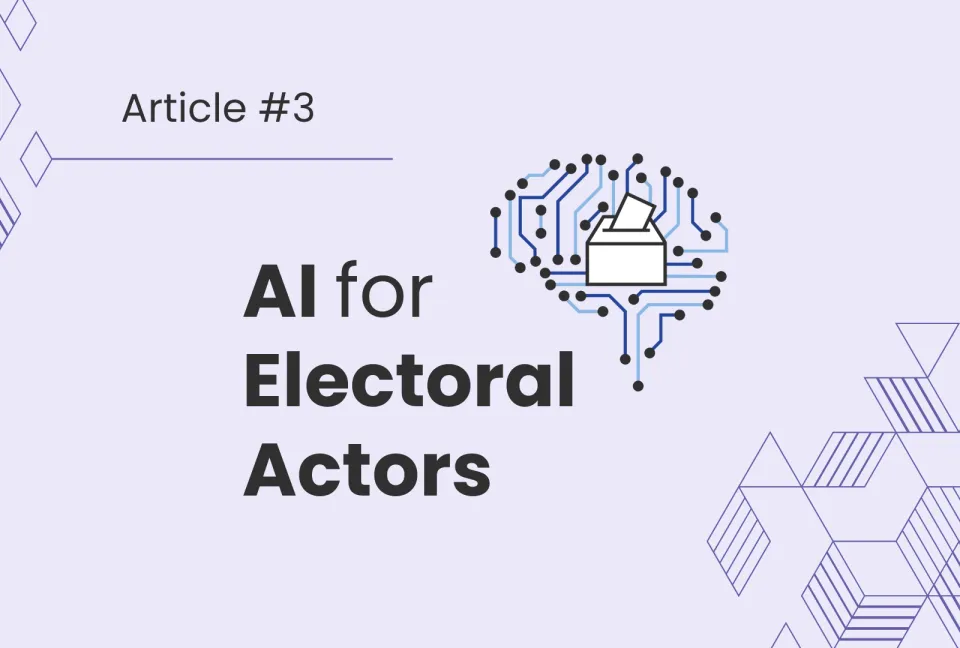Unlocking the potential of digital tools for political parties
In recent years technological advances have changed the basis of many activities. Banks around the world are closing offices and focusing their services on online applications. They know one thing for certain: few young people visit their branches anymore. Most prefer to bank using their computers or even their smartphones.
This situation, however, is not unique to banking. Technology has changed how we consume, how we travel and even how we date. Yet, it is often pointed out that technology has yet to affect how we interact with democracy; and, more specifically, how citizens and political parties participate in democracy.
Today, as has been the case throughout most of the history of modern democracy, political parties are a fundamental actor. They are the political mechanism through which citizens make democracy truly government by the people. Political parties are primarily tasked with grouping citizens around common political ideas and bringing those ideas to the arena of political debate. Recently, however, there has been a growing sense of disconnection between the members of political parties, who ought to represent citizens more generally, and those who wish to be represented. Moreover, there is a trend of seeing parties as institutions that are not up to speed with societal change. Internal changes in party structures and how they relate to society are either too slow or not truly informed by society’s demands. One of the clearest reflections of this phenomenon affecting political parties is their adoption of and adaptation to technology.
As people become more used to online services, social networks and the general increase in the role of technology in their everyday lives, there is little reason to leave political activism through political parties beyond such influence. Politics is already carried out by technological means, for instance, by using Internet-based platforms to organize associations, protests and monitoring. Such platforms often also wield the power of big data to obtain more accurate and relevant information or harness the power of the many in decision making and consensus generation. With few exceptions, political parties are having a hard time adapting to and adopting technology. Those at the forefront, however, are having outstanding results.
Utilizing technology is one of the best ways to bridge the growing gap between citizens and political parties, and an increase in the tech-savvy nature of parties will undoubtedly enhance the linkages between decision makers and citizens. A party that is able to harness the potential of technology to get closer to the reality of citizens and their demands or aspirations will be a party that is better able to truly represent citizens.
Under such circumstances, and based on serious conversations with both new and established political parties, International IDEA has compiled a wealth of information on existing technological applications that could potentially be used by political parties to fulfil their functions in a more efficient and effective way. The result is an online portal, the Digital Parties Portal, in which parties can find the significant and growing number of tools that can be used, and are usually already being used by other parties, to carry out many of their functions. For instance, parties can search for anti-corruption tools that will help them become more financially transparent, and provide a user-friendly visualization of their finances. Other tools are designed to increase and improve discussion within the party on policy or operational issues, or voting applications that allow party members to vote more regularly on the party’s decisions. The portal also gathers examples, where available, of parties using the tools and offers opportunities to learn more either through International IDEA or from the tool location itself.
If parties, both traditional and new, truly wish to avoid a crisis of representation, and to be the legitimate representatives of their communities, adapting to the potential of new technologies will be fundamental. The Digital Parties Portal is a resource that parties can use to start adopting technologies in their day-to-day work and to participate with confidence in the digital revolution.
Visit the Digital Parties Portal at www.digitalparties.org.




